As Yellowstone turns 152, here's where to find America's newest national parks

America's most popular national parks
The United States is home to 63 stunning national parks. Here's a look at some of the most visited.
It’s been 152 years since President Ulysses S. Grant signed an act establishing Yellowstone National Park – the first of its kind in America and largely believed to be the first national park in the world.
On March 1, 1872, Yellowstone’s vast wilderness that spans three states opened to the public, giving millions of visitors each year the chance to see wildlife and geothermal areas up close.
The United States has added 62 more national parks since Yellowstone first opened, and today the National Park Service manages 429 national park sites, according to the National Park Foundation.
RELATED: These US national parks will require a reservation in 2024
In honor of Yellowstone’s birthday, here’s a look at the park’s history and where you can find America’s newest national parks.
History of Yellowstone National Park
Yellowstone is located mostly in Wyoming, as well as parts of Montana and Idaho. Native Americans lived on the land for over 10,000 years before Yellowstone became a national park. And based on its location at the convergence of the Great Plains, Great Basin and Columbia Plateau, more than 25 Native American Tribes have historic and modern connections to the land and its resources, according to the National Park Service.
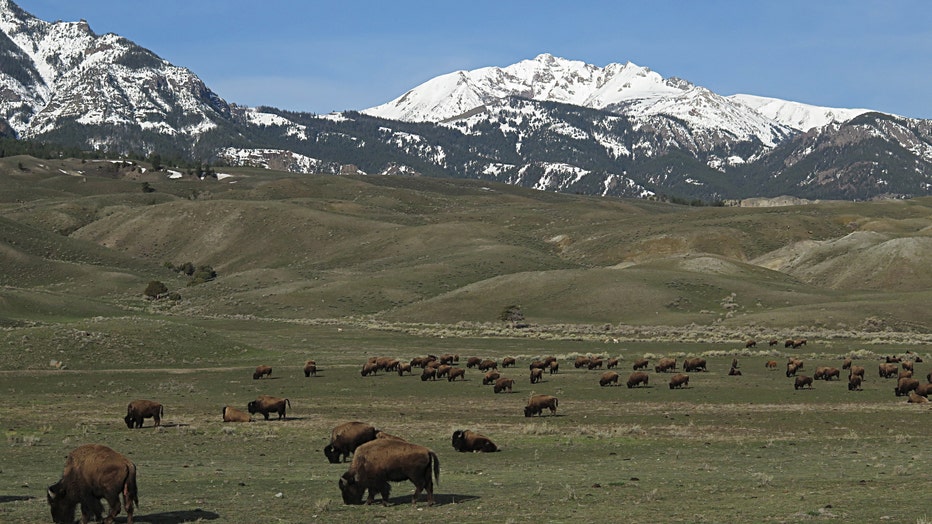
Bison near the North Entrance of Yellowstone;Jim Peaco;April 2014 (National Park Service)
An act establishing Yellowstone National Park was signed into law in 1872 by President Ulysses S. Grant "as a public park or pleasuring-ground for the benefit and enjoyment of the people." Many congressmen at the time gave it their support simply because they believed the rugged and isolated region was of little economic value, according to History.com.
RELATED: Yellowstone National Park finds 1st case of fatal brain disease after deer carcass tests positive
But its development popularized the idea of preserving sections of land for use as public parks. Congress went on to authorize dozens of other national parks and monuments, and the idea also spread to other countries around the world.
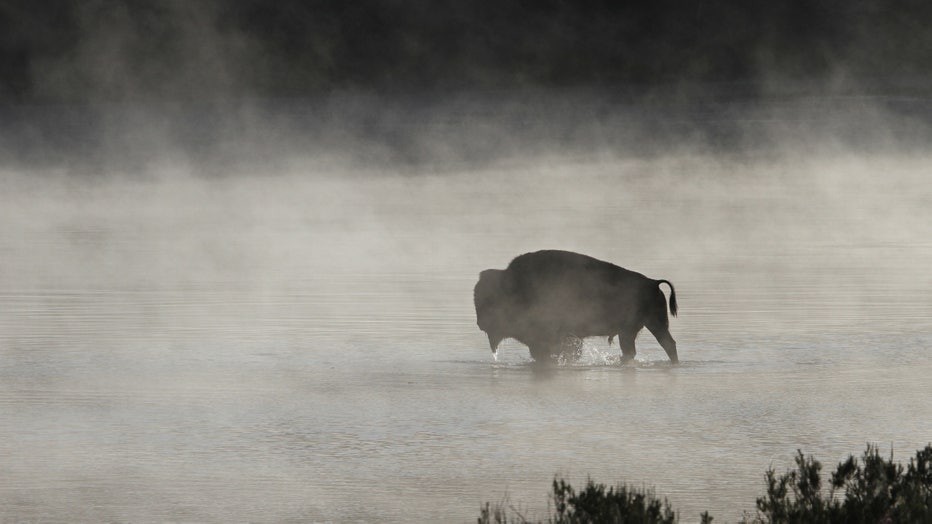
Bull bison crossing Yellowstone River;Jim Peaco;July 2012 (National Park Service)
Yellowstone was originally placed "under exclusive control of the Secretary of the Interior." But by the early 1900s, the need for an agency whose sole purpose was to manage the national parks became apparent — leading to the creation of the National Parks Service in 1916.
Amache National Historic Site – Colorado
The Amache National Historic Site in Granada, Colorado, is the National Park Service’s newest attraction, formally established on Feb. 15, 2024, but designated as a national historic site in 2022.
Amache, also known as the Granada Relocation Center, was one of 10 incarceration sites that detained Japanese Americans during World War II. About 120,000 Japanese Americans were held in 10 camps in California, Arizona, Wyoming, Utah, Arkansas and Colorado after they were expelled from their homes near the West Coast under an executive order by President Franklin Roosevelt issued Feb. 19, 1942. More than 7,000 people were interned at Amache — the camp’s unofficial name, after a Cheyenne chief’s daughter — between 1942 and 1945.
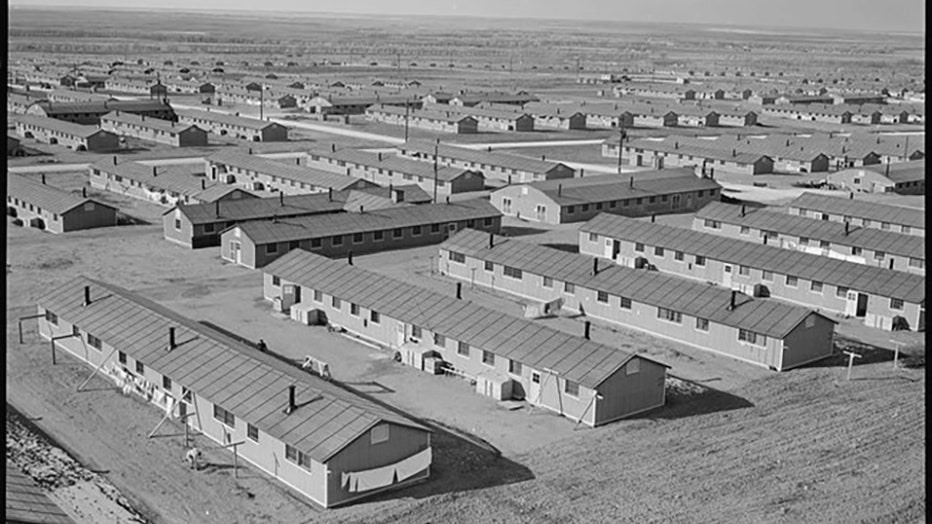
Granada Relocation Center, Amache, Colorado (U.S. National Archives and Records Administration)
The Amache site is less than one square mile and features remnants of barracks, latrines, mess halls, military police structures and a cemetery, as well as trees planted by internees.
Amache is one of seven national parks that preserve the history of Japanese American detainments and the injustices committed by the U.S. government against their community during World War II.
"As a nation, we must face the wrongs of our past in order to build a more just and equitable future," U.S. Interior Secretary Deb Haaland said when the park became official.
Amache was listed in the National Register of Historic Places on May 18, 1994, and designated a National Historic Landmark on February 10, 2006.
New River Gorge National Park & Preserve – West Virginia
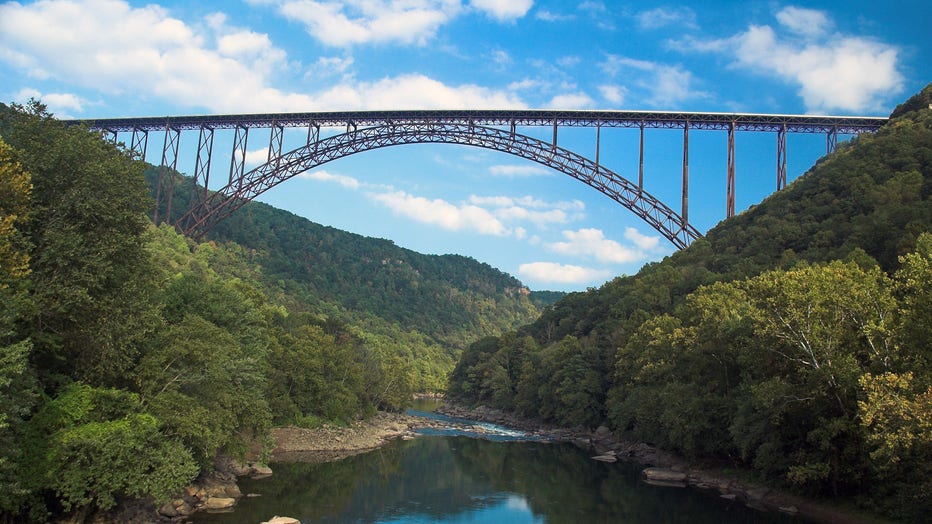
New River Gorge National Park & Preserve (National Park Service)
Established in December 2020, New River Gorge National Park & Preserve in southern West Virginia encompasses more than 70,000 acres of land along the New River between Hinton and Fayetteville, according to the National Park Foundation.
Its picturesque canyon is known for white-water rafting and rock-climbing, and its trail system attracts hikers and bikers from near and far.
White Sands National Park – New Mexico
White Sands National Park in southern New Mexico is home to the world’s largest gypsum dune field.
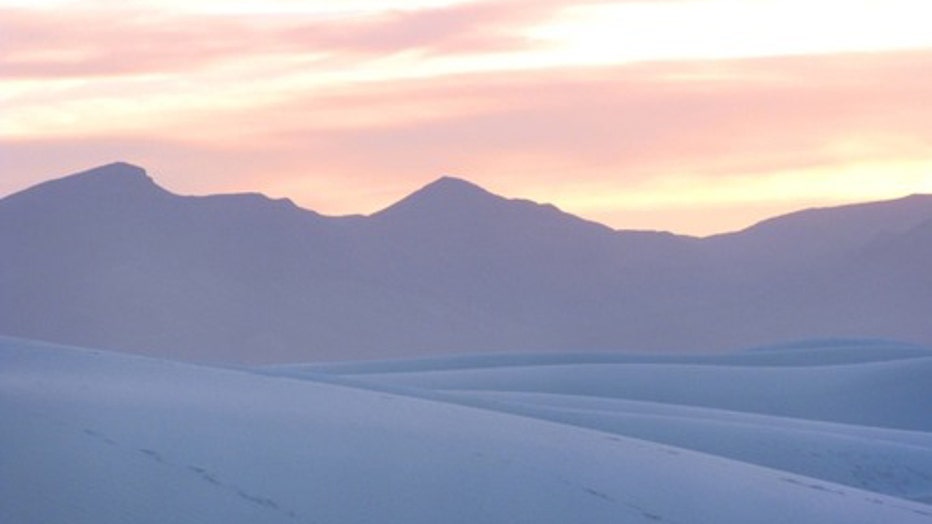
White Sands National Park (National Park Service)
"Here, great wave-like dunes of gypsum sand have engulfed 275 square miles of desert and preserves a piece of New Mexico's unique geology," the National Park Foundation says on its website. "Typically, gypsum is rarely found as sand because it dissolves in contact with water. But, the isolation and weather patterns of the Tularosa Basin creates a truly unique experience for intrepid park explorers."
White Sands was established as a national monument in 1933 and named a national park in 2019, according to the NPF. Because it’s located between several military bases, sometimes it’s closed for missile tests.
Indiana Dunes National Park – Indiana
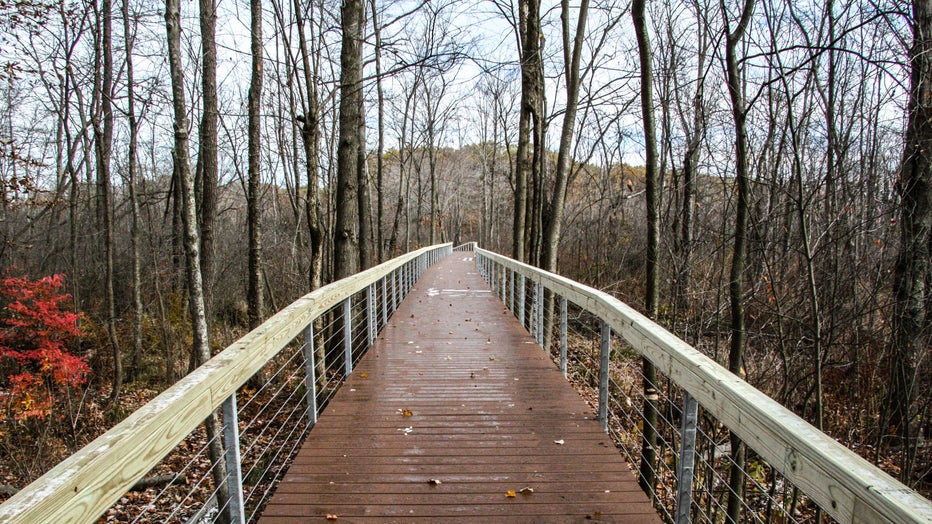
Indiana Dunes National Park in Indiana (National Park Service)
Established in 2019, Indiana Dunes National Park spans 15 miles of coast along Lake Michigan.
The park has more than 50 miles of trails that lead through "shifting sand dunes, quiet woodlands, sunny prairies and lush wetlands," the National Park Service says.
"Known for its striking plant and bird diversity, it's easy to find inspiration throughout the park’s 15,000 acres," according to NPS.
Gateway Arch National Park – Missouri
The famed 630-foot-tall arch in St. Louis, Missouri – a monument to westward expansion that sits along the Mississippi River – became a national park in 2018, when then President Donald Trump signed a bill that renamed the former Jefferson National Expansion Memorial to The Gateway Arch National Park.
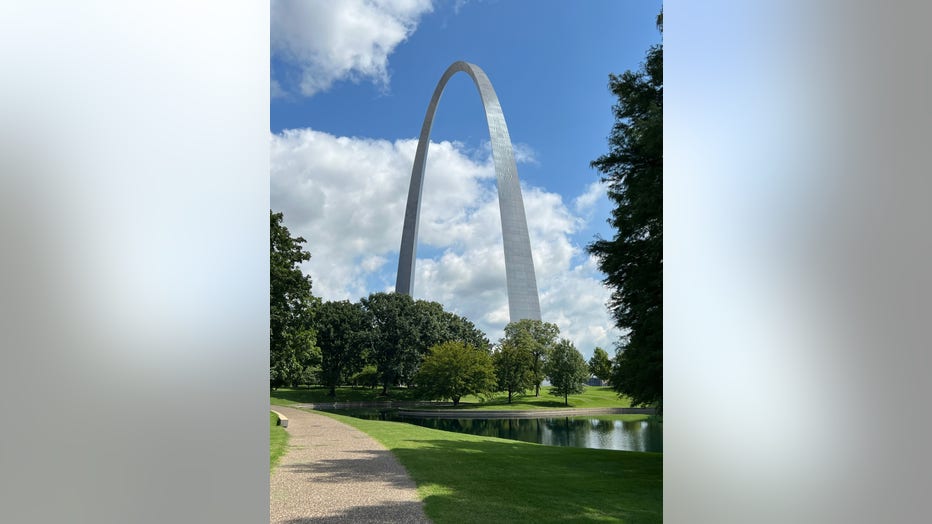
Gateway Arch National Park (National Park Service)
That same summer, the park reopened after a sprawling renovation that included remaking the underground museum that sits beneath the Arch, sprucing up the grounds around the monument, and developing a grassy park built over nearby Interstate 44 to make it safer for pedestrians.
The Jefferson National Expansion Memorial was designated as a national memorial in 1935. The Arch itself was completed in 1965.
FOX’s Kelly Hayes and The Associated Press contributed to this report.

